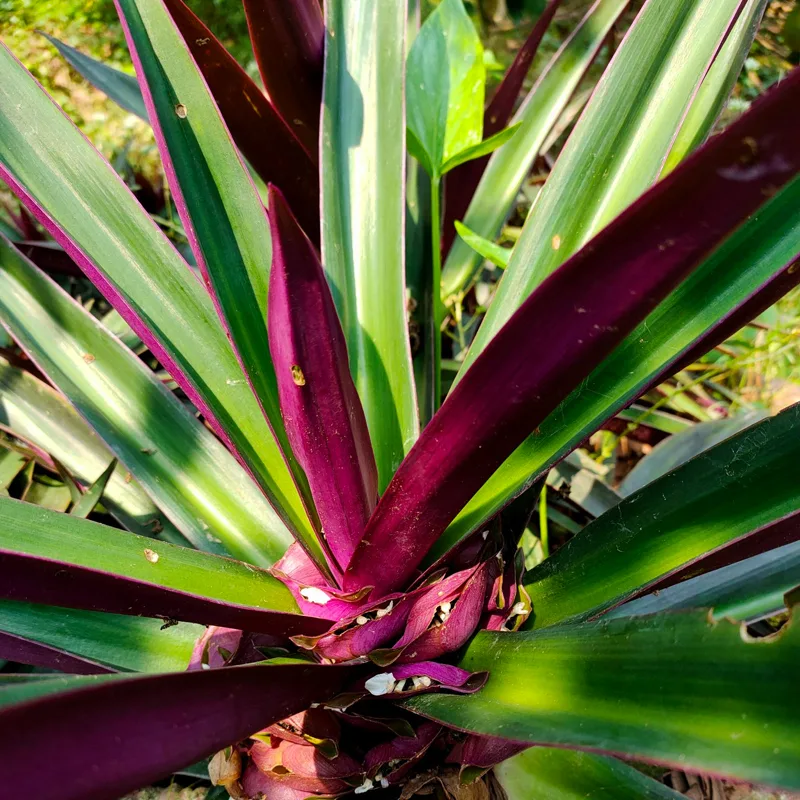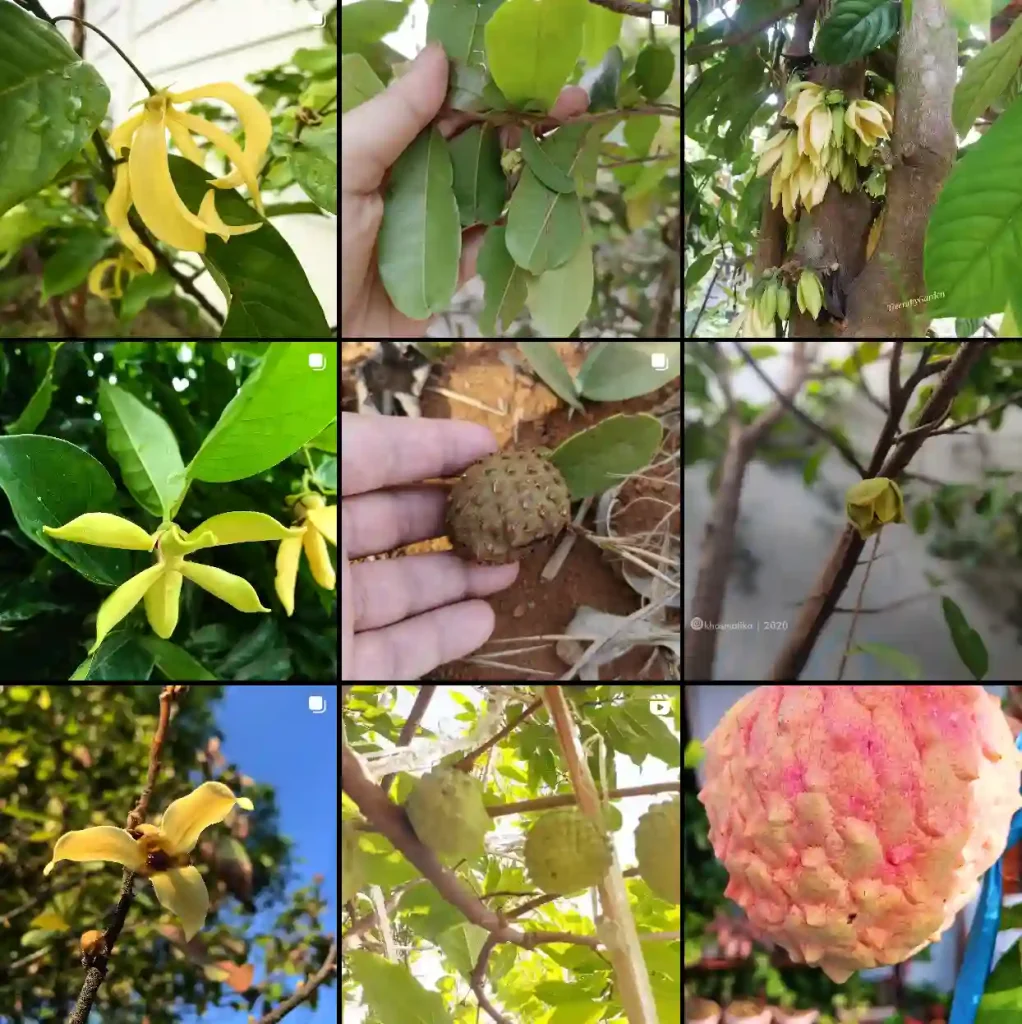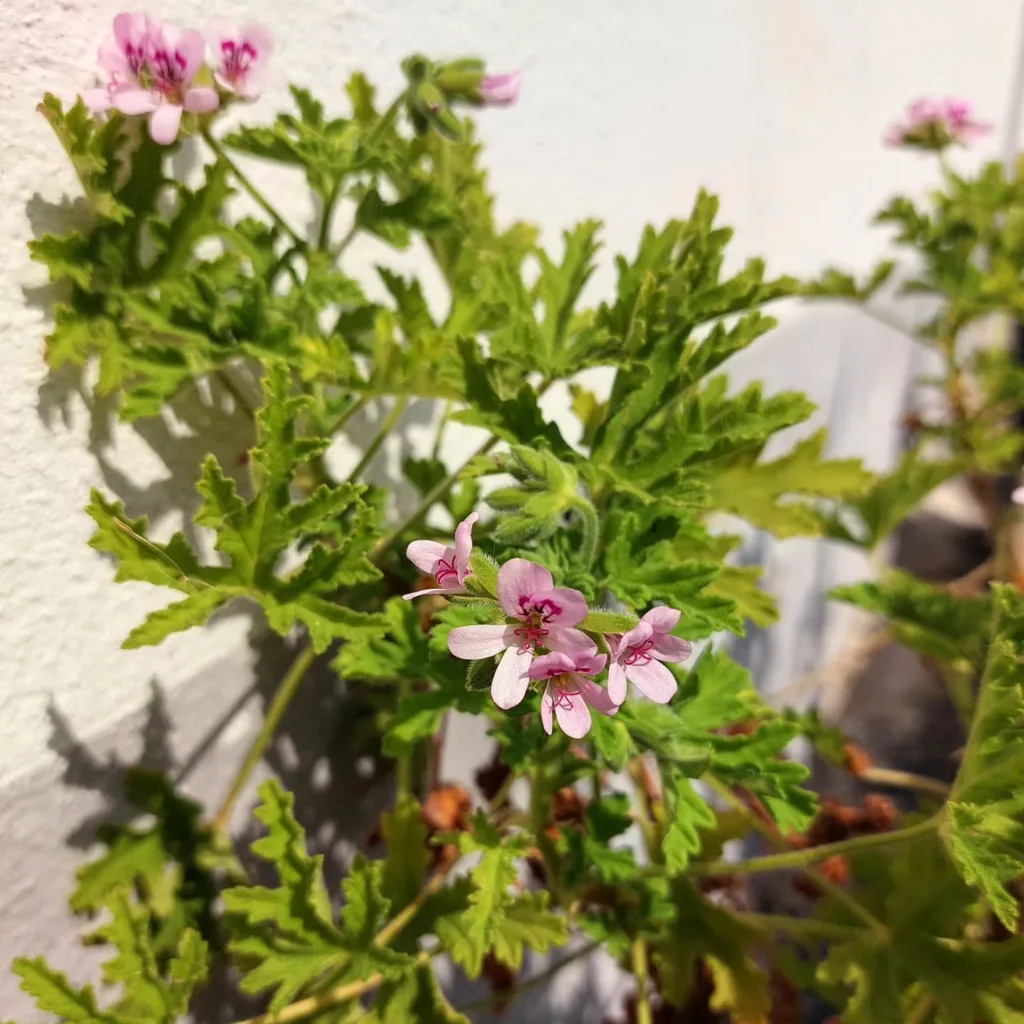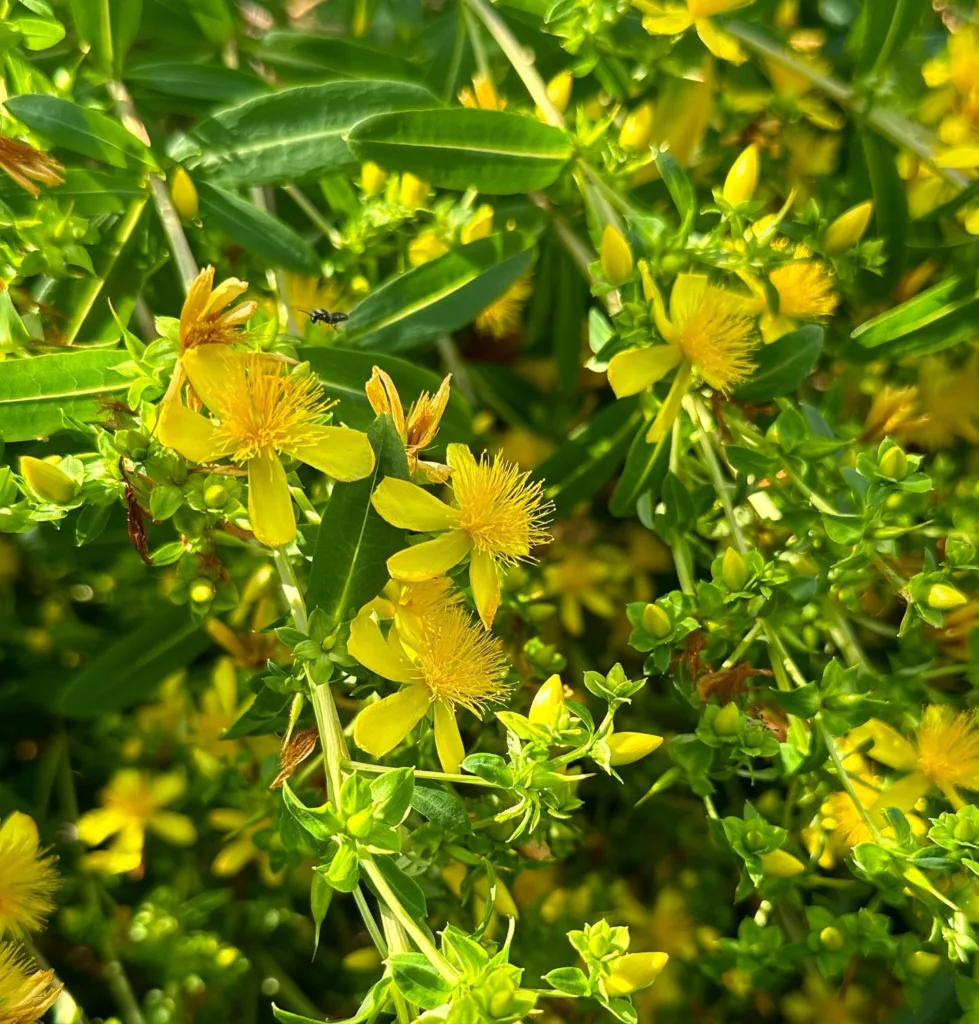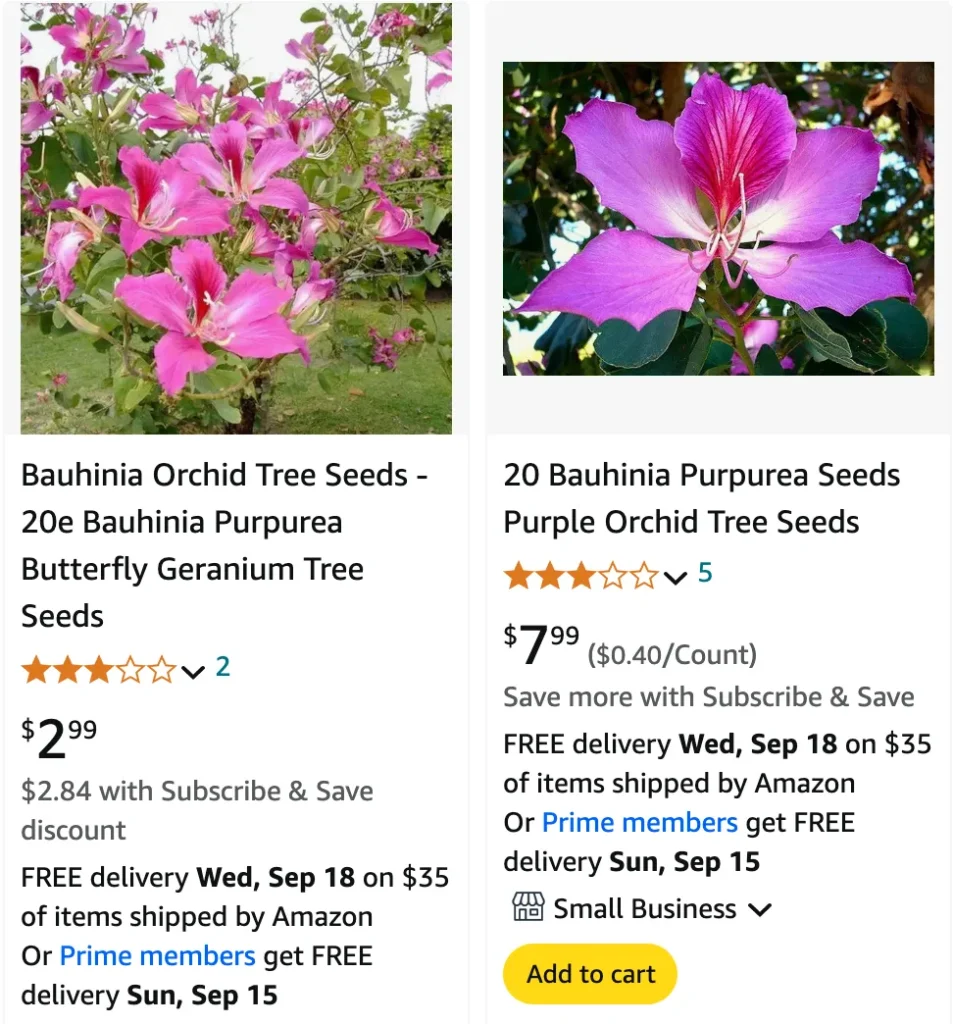
FAQs About Bauhinia Purpurea
As a plant enthusiast, I’ve had my share of experiences with various species, and Bauhinia Purpurea is one that has particularly intrigued me. This striking plant, often called the Purple Orchid Tree, has garnered attention for its beautiful, orchid-like flowers. If you’re considering adding Bauhinia Purpurea to your garden or are just curious about it, here’s a comprehensive guide to address some frequently asked questions.
192 Species in Genus Bauhinia
What Is Bauhinia Purpurea?
Bauhinia Purpurea, commonly known as the Purple Orchid Tree, is a tropical and subtropical plant native to Southeast Asia. It’s admired for its vibrant purple flowers that resemble orchids. The tree typically grows between 10 to 15 feet tall and wide, making it a prominent feature in gardens and landscapes. Its leaves are distinctive, often described as resembling butterfly wings or a pair of bat wings.
How to Grow Bauhinia Purpurea from Seed?
Growing Bauhinia Purpurea from seed is a rewarding process, though it requires some patience. Here’s a step-by-step guide based on my own experience:
- Seed Preparation: Begin by soaking the seeds in water for 24 hours to soften the hard outer shell. This helps improve germination rates.
- Sowing: Plant the seeds in a seed tray filled with a well-draining potting mix. Press the seeds lightly into the soil and cover them with a thin layer of soil.
- Germination: Place the seed tray in a warm location with indirect sunlight. Keep the soil consistently moist but not waterlogged. Seeds usually germinate within 2-4 weeks.
- Transplanting: Once seedlings have developed a few sets of leaves and are strong enough to handle, transplant them into larger pots or directly into the garden if the weather is suitable.
Where to Plant Bauhinia Purpurea?
Bauhinia Purpurea thrives in full sun to partial shade, making it versatile for various garden settings. Here are a few tips on where to plant it:
- Climate: This tree prefers tropical and subtropical climates. It’s ideal for USDA hardiness zones 9-11. If you’re in a cooler region, consider growing it in a pot that can be moved indoors during colder months.
- Soil: It enjoys well-draining soil with a slightly acidic to neutral pH. Ensure the planting site doesn’t have standing water, as Bauhinia Purpurea is sensitive to root rot.
- Space: Given its size, make sure to plant it in an area with ample space for the tree to spread out. It can also be used as a focal point in a garden due to its attractive flowers.
How to Care for Bauhinia Purpurea?
Caring for Bauhinia Purpurea is relatively straightforward. Here’s what I’ve found to be essential:
- Watering: Regular watering is crucial, especially during the growing season. However, avoid overwatering. Allow the top inch of soil to dry out between waterings.
- Fertilizing: Feed the tree with a balanced fertilizer during the growing season to encourage blooming and healthy growth. A slow-release fertilizer is ideal.
- Pruning: Prune the tree after flowering to maintain its shape and remove any dead or diseased branches. This will also help improve air circulation and overall health.
How to Propagate Bauhinia Purpurea?
Propagation of Bauhinia Purpurea can be done through seeds or cuttings:
- Seeds: Follow the germination steps mentioned earlier. It’s the most common method and yields good results.
- Cuttings: Take semi-hardwood cuttings in late summer. Dip the cut end in rooting hormone and plant in a well-draining mix. Keep the cuttings in a warm, humid environment until roots develop.
Bauhinia Purpurea vs Blakeana
When comparing Bauhinia Purpurea to Bauhinia Blakeana, it’s important to note their differences:
- Flowers: Bauhinia Purpurea features vibrant purple flowers, while Bauhinia Blakeana, or the Hong Kong Orchid Tree, has larger, deep pink to purple flowers. Blakeana’s blooms are typically more dramatic and have a wider range of colors.
- Origin: Bauhinia Purpurea is native to India and Southeast Asia, while Bauhinia Blakeana is a hybrid from Hong Kong.
- Size and Growth: Bauhinia Purpurea generally grows smaller than Bauhinia Blakeana. Blakeana is known for its faster growth and larger size.
Can You Grow Bauhinia Purpurea Indoors?
While Bauhinia Purpurea is primarily an outdoor plant, it can be grown indoors if you have the right conditions. You’ll need a large pot and a sunny spot, preferably with full sun exposure. Regularly check for pests and provide sufficient humidity to mimic its natural tropical environment.
Is Bauhinia Purpurea Toxic?
Bauhinia Purpurea is generally considered non-toxic to humans and pets. However, it’s always best to prevent pets from chewing on plants and to wash your hands after handling any plant material.
Benefits of Bauhinia Purpurea
In addition to its visual appeal, Bauhinia Purpurea offers several benefits:
- Aesthetic Value: Its striking flowers add a splash of color and elegance to gardens and landscapes.
- Shade: It provides ample shade with its broad leaves, making it a good choice for creating shaded outdoor spaces.
- Wildlife Attraction: The flowers attract pollinators such as bees and butterflies, contributing to a healthier garden ecosystem.
Common Problems with Bauhinia Purpurea
While Bauhinia Purpurea is relatively hardy, it can face some issues:
- Pests: Watch out for common pests like aphids and scale insects. Regular inspection and appropriate treatments can manage these problems.
- Diseases: Root rot can be a concern in poorly drained soils. Ensure proper drainage to prevent this issue.
By understanding these FAQs and applying this knowledge, you can successfully grow and enjoy Bauhinia Purpurea in your garden. It’s a beautiful addition that brings a touch of tropical charm wherever it’s planted.
If i die, water my plants!
